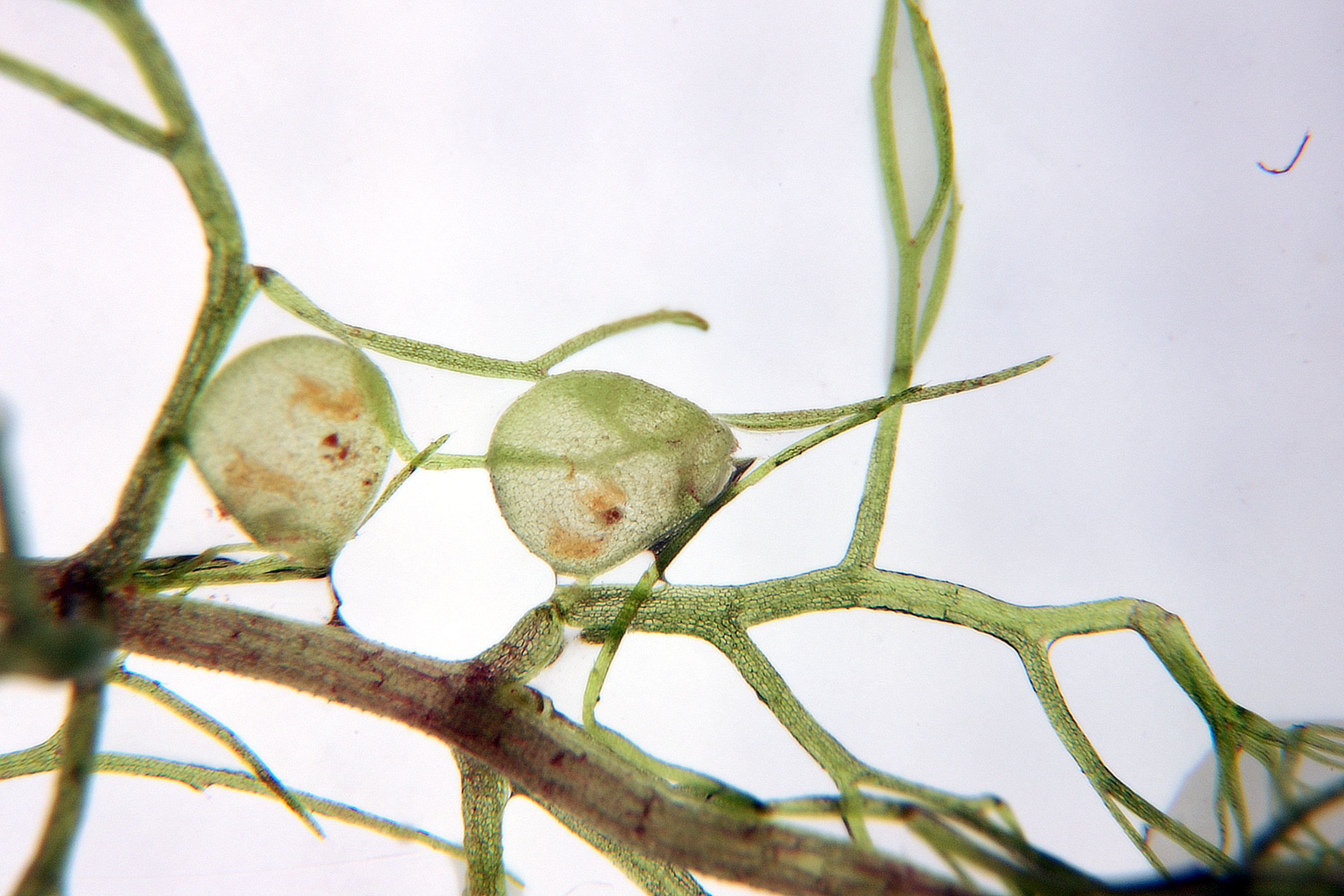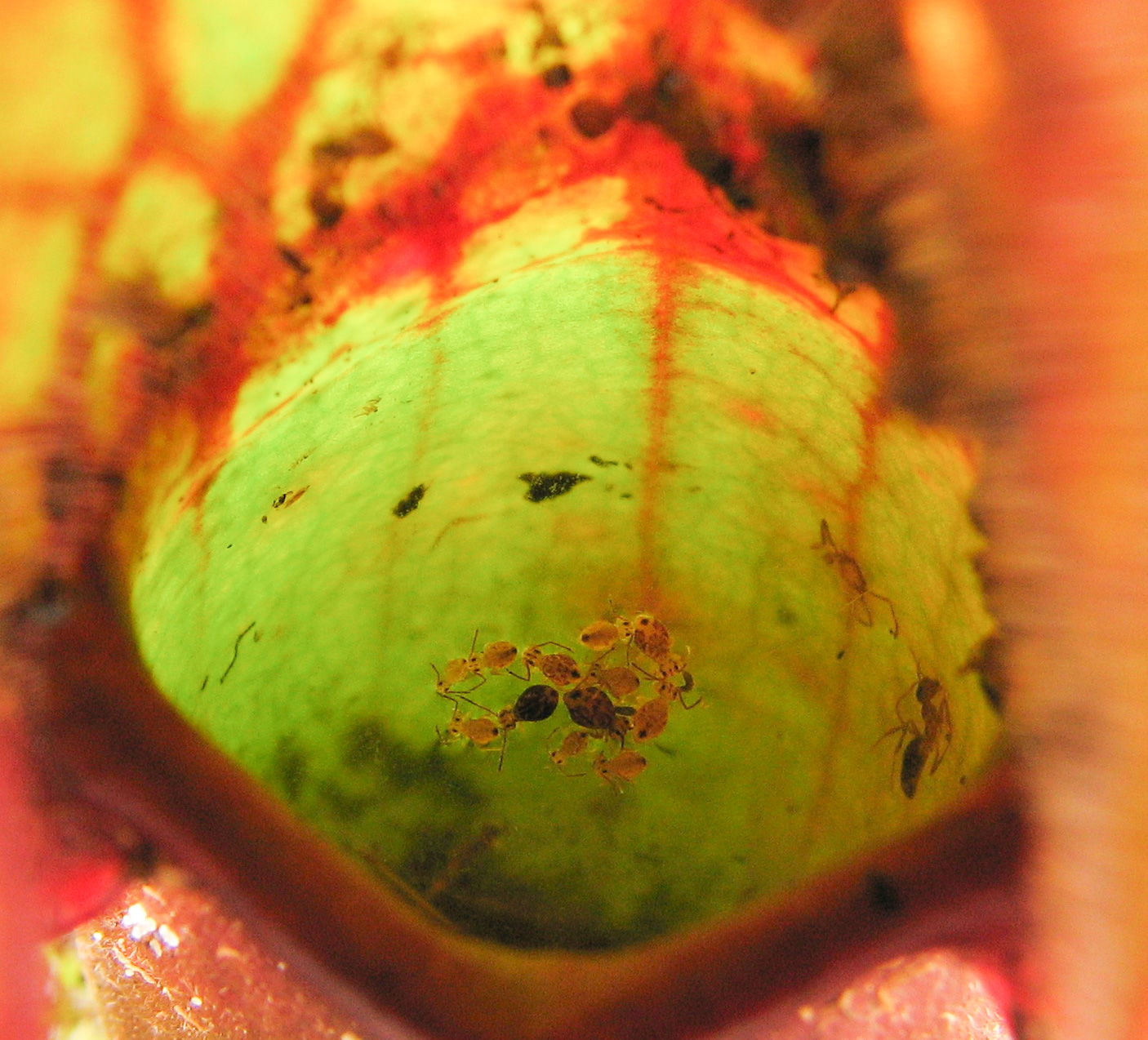|
Ibicella Nelsoniana
''Ibicella'' is a genus of plants in the Martyniaceae family. Species include: *''Ibicella lutea'' (Lindl.) Van Eselt. *''Ibicella nelsoniana'' (Barb. Rodr.) Van Eselt. *''Ibicella parodii'' Abbiatti References Martyniaceae Lamiales genera Carnivorous plants of North America Carnivorous plants of South America {{Lamiales-stub ... [...More Info...] [...Related Items...] OR: [Wikipedia] [Google] [Baidu] |
Martyniaceae
Martyniaceae is a family of flowering plants in the Lamiales order that are restricted to the Americas. The family was included in Pedaliaceae in the Cronquist system (under order Scrophulariales) but is recognized as a separate family by the Angiosperm Phylogeny Group on the basis of phylogenetic studies that show that the two families are not closely related. Both families are characterized by having mucilaginous hairs — which give the stems and leaves a slimy or clammy feel — and fruits with hooks or horns. Some members of the genus ''Proboscidea'' are known as "unicorn plant" or "devil's claw" because of their horned seed capsules. General * '' Craniolaria'' * '' Holoregmia'' * '' Ibicella'' * ''Martynia'' * ''Proboscidea Proboscidea (; , ) is a taxonomic order of afrotherian mammals containing one living family (Elephantidae) and several extinct families. First described by J. Illiger in 1811, it encompasses the elephants and their close relatives. Three l ... ... [...More Info...] [...Related Items...] OR: [Wikipedia] [Google] [Baidu] |
Ibicella Lutea
''Ibicella lutea'' (; syn. ''Martynia lutea, Proboscidea lutea'') is a species of flowering plant known by the common name yellow unicorn-plant. It grows in dry conditions, such as those in desert regions. It is native to South America, but has become established as a non-native species in various semi-arid regions around the world, including Southern Africa and the Central Valley of California. The plant is aromatic, with an unpleasant scent. It produces short, glandular hairs over most of its aerial surfaces and is coated in sticky resin. Insects often become stuck in the slimy exudate and die, but the plant does not have digestive enzymes and does not absorb nutrients from the insects. The plant can be considered protocarnivorous, but it is not carnivorous A carnivore , or meat-eater (Latin, ''caro'', genitive ''carnis'', meaning meat or "flesh" and ''vorare'' meaning "to devour"), is an animal or plant whose nutrition and energy requirements are met by consumption of an ... [...More Info...] [...Related Items...] OR: [Wikipedia] [Google] [Baidu] |
Ibicella Nelsoniana
''Ibicella'' is a genus of plants in the Martyniaceae family. Species include: *''Ibicella lutea'' (Lindl.) Van Eselt. *''Ibicella nelsoniana'' (Barb. Rodr.) Van Eselt. *''Ibicella parodii'' Abbiatti References Martyniaceae Lamiales genera Carnivorous plants of North America Carnivorous plants of South America {{Lamiales-stub ... [...More Info...] [...Related Items...] OR: [Wikipedia] [Google] [Baidu] |
Ibicella Parodii
''Ibicella'' is a genus of plants in the Martyniaceae family. Species include: *''Ibicella lutea'' (Lindl.) Van Eselt. *''Ibicella nelsoniana ''Ibicella'' is a genus of plants in the Martyniaceae family. Species include: *''Ibicella lutea'' (Lindl.) Van Eselt. *''Ibicella nelsoniana'' (Barb. Rodr.) Van Eselt. *''Ibicella parodii'' Abbiatti References Martyniaceae Lamiales ge ...'' (Barb. Rodr.) Van Eselt. *'' Ibicella parodii'' Abbiatti References Martyniaceae Lamiales genera Carnivorous plants of North America Carnivorous plants of South America {{Lamiales-stub ... [...More Info...] [...Related Items...] OR: [Wikipedia] [Google] [Baidu] |
Lamiales Genera
The Lamiales (also known as the mint order) are an order (biology), order of flowering plants in the asterids clade of the Eudicots. Under the APG IV system of flowering plant classification the order consists of 24 families, and includes about 23,810 species and 1,059 genera with representatives found all over the world. Well-known or economically important members of this order include aromatic, culinary, and medicinal herbs such as basil (herb), basil, mentha, mint, rosemary, Salvia officinalis, sage, savory (herb), savory, marjoram, oregano, Hyssopus officinalis, hyssop, thyme, lavender, perilla, Aloysia citrodora, lemon verbena, catnip, Monarda, bee balm, Leonotis leonurus, wild dagga, and Leonurus japonicus, oriental motherwort, as well as olives, Fraxinus, ash trees, teak, Digitalis, foxgloves, lilacs, jasmine, Antirrhinum, snapdragons, Streptocarpus_sect._Saintpaulia, African violets, Jacarandas, Paulownias, Buddleja, butterfly bushes, sesame, and psyllium. Description Pla ... [...More Info...] [...Related Items...] OR: [Wikipedia] [Google] [Baidu] |
Carnivorous Plants Of North America
The North American continent is home to a wide variety of carnivorous plant species. Species from seven genera are native to the continent, and three of these genera are found nowhere else on the planet. Genera and species ;'' Catopsis'' *''Catopsis berteroniana'' ;''Darlingtonia'' *''Darlingtonia californica'' ;''Dionaea'' *'' Dionaea muscipula'' ;''Drosera'' *'' Drosera anglica'' *'' Drosera brevifolia'' *'' Drosera capillaris'' *'' Drosera filiformis'' *'' Drosera intermedia'' *'' Drosera linearis'' *''Drosera rotundifolia'' *'' Drosera tracyi'' ;''Sarracenia'' *'' Sarracenia alabamensis'' *'' Sarracenia alata'' *''Sarracenia flava'' *'' Sarracenia jonesii'' *'' Sarracenia leucophylla'' *''Sarracenia minor'' *'' Sarracenia oreophila'' *''Sarracenia psittacina'' *''Sarracenia purpurea'' *'' Sarracenia rosea'' *'' Sarracenia rubra'' ;''Pinguicula'' *'' Pinguicula acuminata'' *'' Pinguicula conzattii'' *'' Pinguicula elizabethiae'' *'' Pinguicula filifolia'' *'' Pinguic ... [...More Info...] [...Related Items...] OR: [Wikipedia] [Google] [Baidu] |

